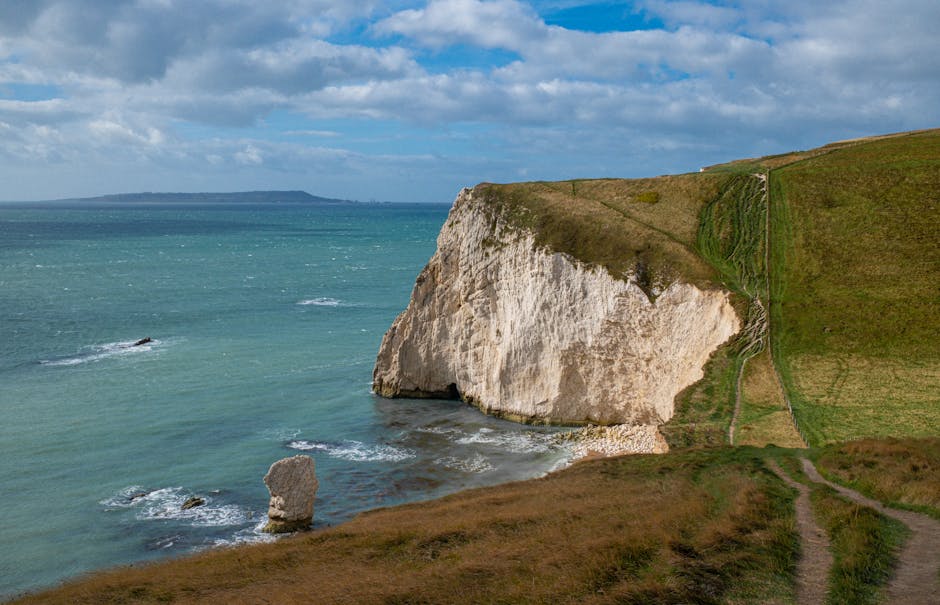
Understanding Sea Level Rise and Coastal Erosion
Coastal regions around the world are experiencing significant changes due to sea level rise and coastal erosion. These phenomena threaten habitats, infrastructure, and local economies, making it crucial to understand their causes and potential solutions.
Sea level rise results primarily from the melting of glaciers and polar ice, as well as the expansion of seawater as it warms. Rising sea levels lead to the inundation of low-lying areas, increased flooding, and loss of land. For more details, visit our comprehensive guide to sea level rise.
Coastal erosion, on the other hand, is driven by natural processes such as wave action, storm surges, and changing currents, compounded by human activities like construction and deforestation. This erosion results in the loss of beaches, cliffs, and dunes, which serve as natural buffers against storms. To see how communities are responding, check out our article on coastal defense measures.
Understanding the link between sea level rise and coastal erosion is essential for developing effective strategies to protect vulnerable shoreline areas. Innovative solutions include the construction of seawalls, restoration of natural barriers like mangroves and dunes, and sustainable development practices. For more insights, visit our section on adaptation strategies for coastal resilience.
